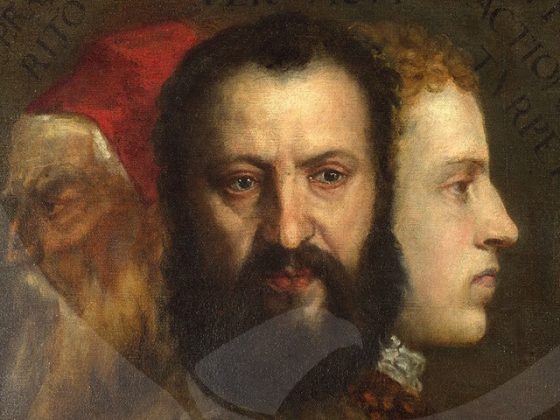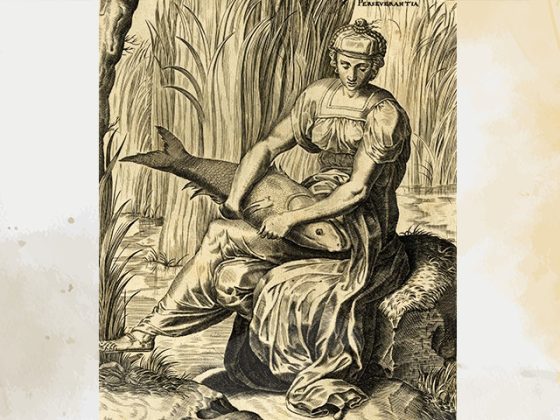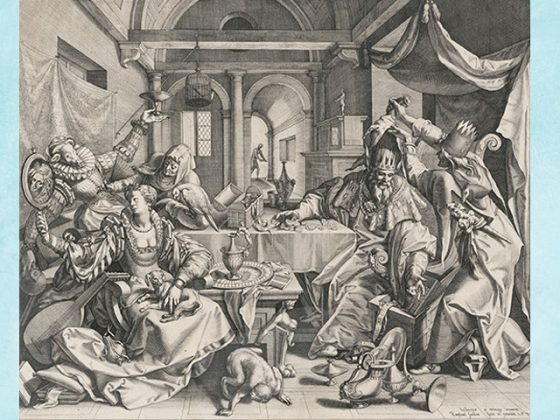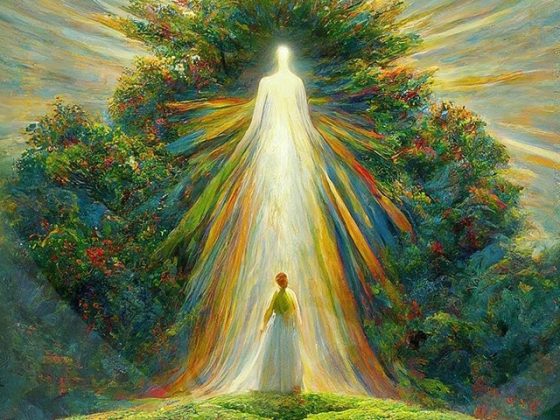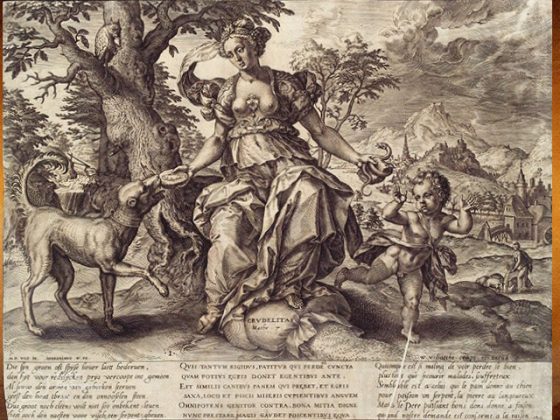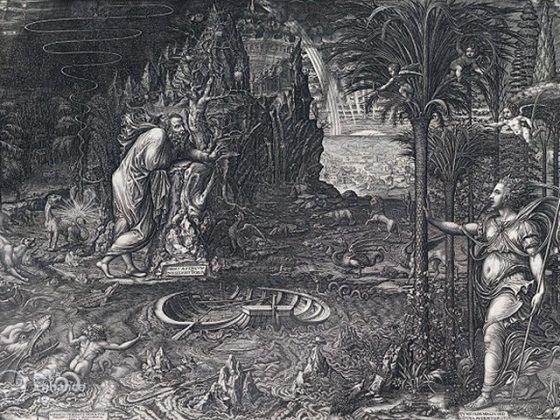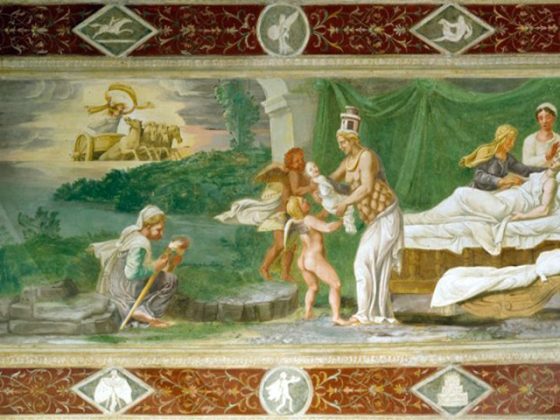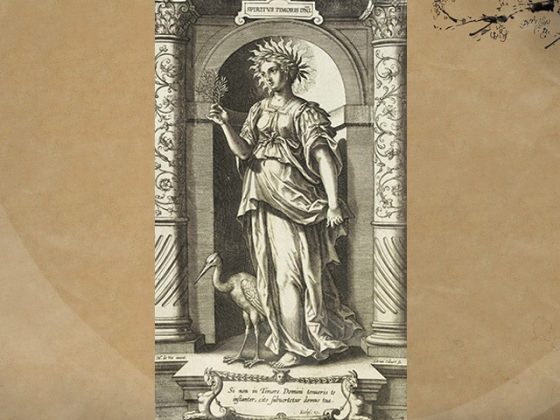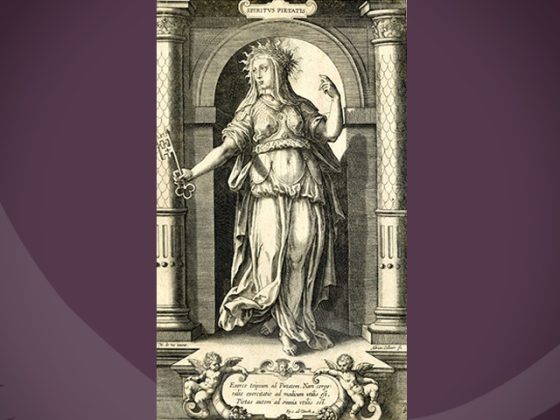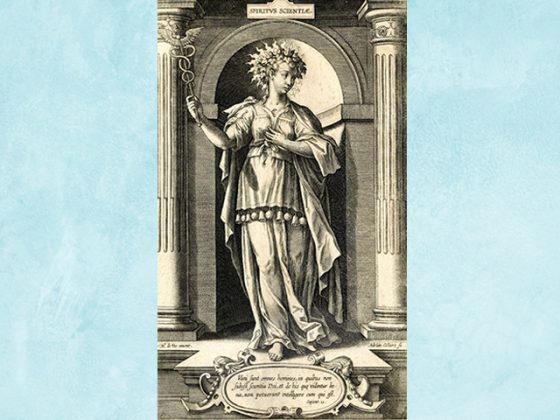Prudence is the fundamental virtue we must attain in order to observe whether changes have occurred in our inner work.
It is said that the alchemical transmutational art requires an enormous dose of patience and its ally, perseverance.
“STVLTITIAM PATIVNTVR OPES” (Wealth allows stupidity)
This engraving represents the decadence of mankind plunged into absolute disorder, a very low level of being, vanity. All this leads to the decadence of humanity plunged into absolute disorder, vanity… leads to stupidity, total entropy. Wealth allows stupidity and total entropy.
What is Consciousness according to Gnosis?
Consciousness is a divine energy imprisoned by evil energies, the Ego. We need to awaken it to free ourselves from the Ego and get closer to the Self.
This artistic work represents the cruelty, hypocrisy, selfishness that poisoned the heart of human societies now living on the face of the Earth.
This engraving shows us, with all its initiatic and alchemical symbols, the Hermetic Way that leads us to the inner self-realization of the Being.
Always when Memnon, king of Ethiopia, is born, personifying the Bodhisattva, Eos or the divine Mother is serving as a link between the visible world and that other one we call invisible.
“Spiritvs temoris domini” (The Spirit of the Fear of God)
The BEING, or God, is the master of our life, that is why in the tablets of Moses, the first commandment said, “You shall love your God above all things…”
To attain Mastery it is indispensable to walk on the rails of piety and humility and thus continue advancing towards the abode of the Father.
Spiritvs scientiae
True science, the science of the Being, goes beyond the intellect. This is the science provoked by the Holy Spirit that we call true science “science with heart”.


